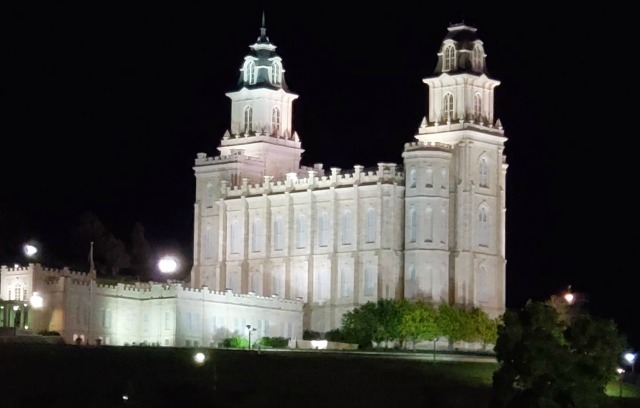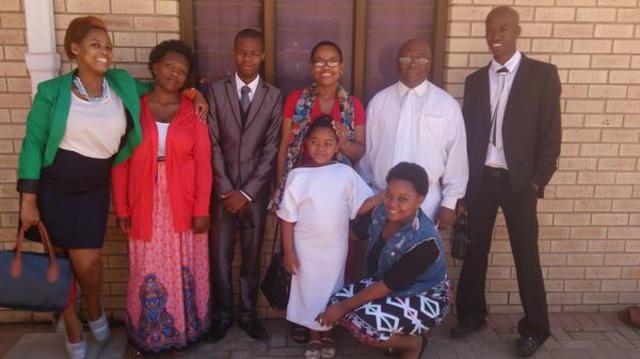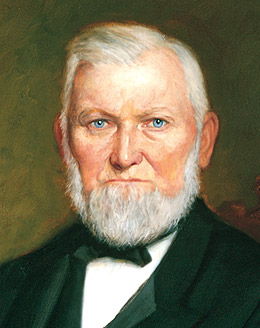Question
Gramps,
On an anti Mormon site, I have just read the original wording for the Endowment which included all of the changes made. The writer also said that Joseph Smith had indicated that the Endowment would never be changed from its original form, as also stated by one of the Apostles. Over the last 52 years I have noticed these changes take place and my only conclusion that I can come to is that the shorter versions now allow more endowments to take place in the temple. Regards.
Robert
Answer
Hello Robert,
As I’m sure you gathered from your research, authors who open the Endowment to public inspection do not generally intend to build an individual’s faith in the Endowment as a saving ordinance–or in pretty much anything else, for that matter.
I am not aware of any quotation from Joseph Smith where he taught that the endowment liturgy as revealed in Kirtland, or in Nauvoo, could never be changed in any way. What he did teach, was that
It was the design of the councils of heaven before the world was, that the principles and laws of the priesthood should be predicated upon the gathering of the people in every age of the world. Jesus did everything to gather the people, and they would not be gathered, and He therefore poured out curses upon them. Ordinances instituted in the heavens before the foundation of the world, in the priesthood, for the salvation of men, are not to be altered or changed. All must be saved on the same principles. (Teachings of the Prophet Joseph Smith, 308)
In other words: The ordinances are eternal in nature and are not to be altered; and all people must receive those ordinances. As Joseph explained in the same sermon:
If a man gets a fullness of the priesthood of God he has to get it in the same way that Jesus Christ obtained it, and that was by keeping all the commandments and obeying all the ordinances of the house of the Lord.
Now, there are a couple of things to bear in mind here. The first thing to remember is that technically, the endowment is not “an” ordinance. It is a series of ordinances, bound together with a significant amount of instruction. The purpose of the instruction is to make the ordinances more meaningful, and that instruction can be (and indeed, has been) changed as often as necessary to make sure that the instruction does what it’s supposed to do; particularly as old symbols or teaching styles become so antiquated as to distract from the overall experience. To insist that preserving the endowment requires preserving the verbatim text of the instruction, is rather like saying that the sacrament I took this past Sunday is somehow voided because the Sacrament Meeting talks I heard on that date aren’t carbon copies of the Sacrament Meeting talks being given last month, or last year, or a hundred years ago.
Second, we should consider what it really means to “alter” the ordinances. This is particularly hairy in the case of the endowment. Did you know that there was no written endowment text for over thirty-five years? Until the St. George Temple was dedicated in 1877, endowment ceremonies were all done from memory–and, we may presume, were all slightly different from each other. As the St. George temple neared completion Brigham Young worked with his secretary, L. John Nuttall, to commit the ceremony to paper for the first time. During this process Brigham Young told how, back in 1842, after the presentation of some early endowment ceremonies, Joseph Smith turned to him and stated:
Brother Brigham, this is not arranged perfectly; however we have done the best we could under the circumstances in which we are placed. I wish you to take this matter in hand: organize and systematize all these ceremonies. Diary of L. John Nuttall, February 7, 1877.
Historians tell us that even after the written text was developed, minor differences in the ceremony persisted from temple to temple until the early 20th century, when the First Presidency insisted that all temple presidents conform to the same written text.
This problem in finding a definitive text for a saving priesthood ordinance is not limited to endowment ceremonies. Joseph Smith provided us with three different variants of the baptismal prayer (see D&C 20:73, compare 3 Ne 11:25 and Mosiah 18:13). If there is some absolutely “perfect” script for an ordinance and that script must never be altered in any way, then does that mean that our baptisms are ineffectual? Or Alma’s? Or the ones done after Christ’s appearance to the Nephites?
I rather think not. In 1840, Joseph Smith dictated a “Treatise on Priesthood”, which he had a scribe read at a church conference on October 5 of that year. (It appears in in History of the Church 4:207-209, and parts of it are cited in Chapter 8 of the Teachings of the Presidents of the Church: Joseph Smith. You can also read the full text online at this link.) It’s an interesting and important sermon, and I strongly recommend you take some time to digest it. For our purposes, I will simply quote the following:
God will not acknowledge that which he has not called, ordained, and chosen. . . .
This then is the nature of the priesthood, every man holding the presidency of his dispensation and one man holding the presidency of them all even Adam, and Adam receiving his presidency and authority from Christ. . . The power, glory, and blessings of the priesthood could not continue with those who received ordination only as their righteousness continued, for Cain also being authorized to offer sacrifice but not offering it in righteousness, therefore he was cursed. It signifies then, that the ordinances must be kept in the very way God has appointed, otherwise their priesthood will prove a cursing instead of a blessing. If Cain had fulfilled the law of righteousness as did Enoch he could have walked with God all the days of his life and never failed of a blessing.
In other words: For God to recognize a priesthood action, the required elements are authority and personal righteousness on the part of the priesthood holder.
Clearly, man does not have the right to unilaterally change the forms of the ordinances and ceremonies that God has established (see, for example, Isaiah 24:5). We follow the current forms because we respect the divine authority of those whose responsibility it is to “preach the gospel and administer in the ordinances thereof” (5th Article of Faith). However, we should not therefore conclude that God Himself lacks the power to change those forms in order to maximize their spiritual or symbolic benefit to the participants, so long as the Church attempts to ensure that those performing the ordinance are duly ordained and making a sincere effort to live righteously and so long as the substance of the ordinance is preserved.
What God will not do, is allow the ordinance to be changed to the point its core essence is no longer present. For example, coming back to the ordinance of baptism: While minor alterations to the baptismal prayer might be permissible, God would never authorize baptism’s degeneration to the point where its covenant aspect would be undermined or even denied (as is unfortunately the case in some Christian denominations today), or where Jesus Christ would be fundamentally written out of the rite (as is the case in a Jewish mikvot).
In contrast, the fundamental nature of the LDS endowment remains now, as it was in Joseph Smith’s day,
to receive all those ordinances in the House of the Lord, which are necessary for you, after you have departed this life, to enable you to walk back to the presence of the Father, passing the angels who stand as sentinels, being enabled to give them the key words, the signs and tokens, pertaining to the Holy Priesthood, and gain your eternal exaltation in spite of earth and hell. (Brigham Young, Journal of Discourses 2:31)
Gramps







